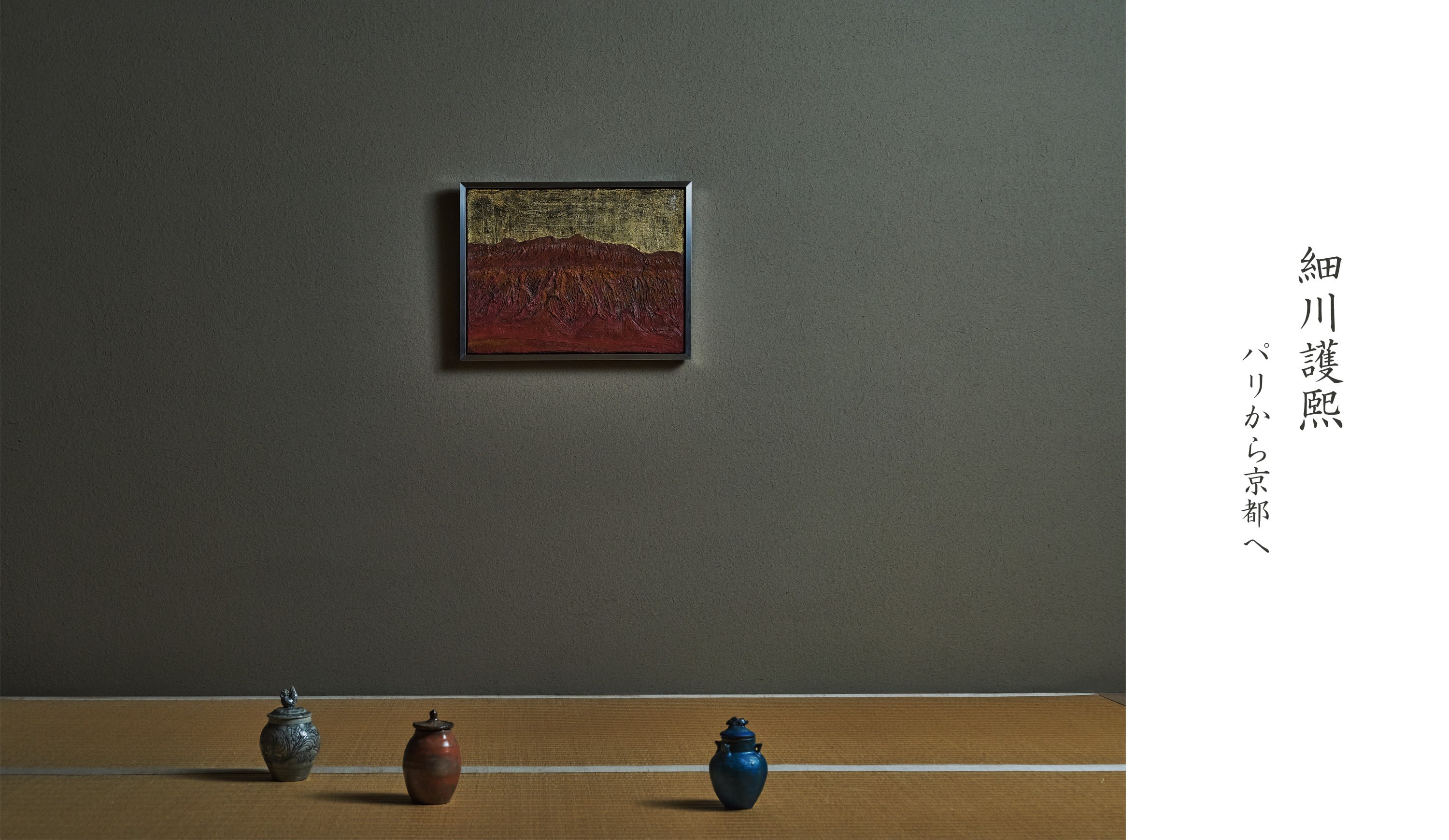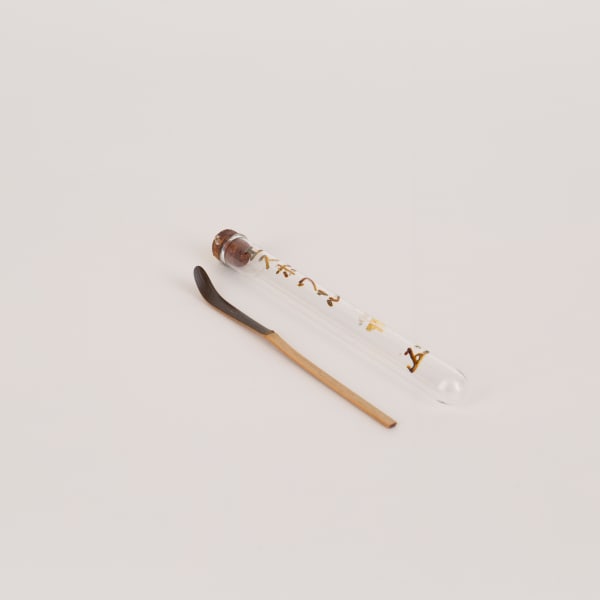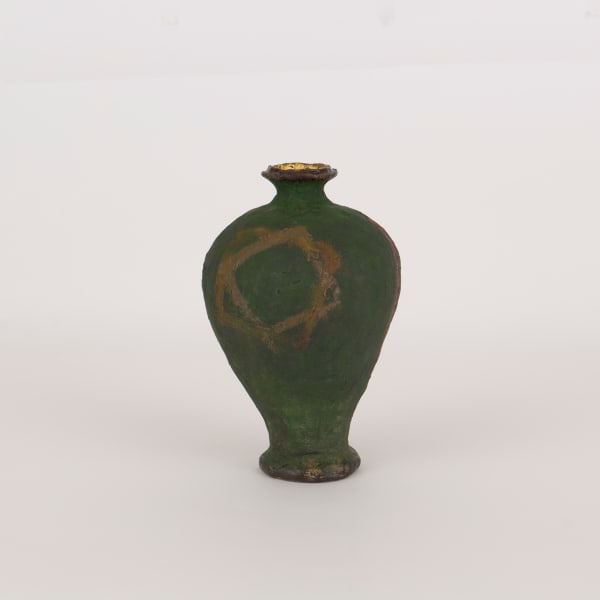-

-
After exhibiting at OGATA Paris last autumn, Shibunkaku is delighted to present “Hosokawa Morihiro: From Paris to Kyoto.”
In addition to the lacquer works that captivated the people of Paris, a new series entitled “Shinobi tsubo,” will be unveiled.
10 – 18 May 2024
10:00 – 18:00, open daily
-
Featured Works
-
-
Shinobi Tsubo
In the fall of 2023, Tanaka Dai of Shibunkaku in Kyoto proposed the idea to organize an exhibition in Paris featuring lacquer-based paintings, calligraphy, ceramics, and other works. Encouraged by this invitation, I decided to make the effort and venture out for the first time in a while to Paris.
Lacquer indeed embodies the essence of Japanese culture, and it was anticipated to attract significant attention in present-day Paris. During discussions for exhibition arrangements, I introduced the idea of funerary vessels, which I had been working on for some time, and Mr. Tanaka responded that there must have been something written by Mizukami Tsutomu a long time ago. After returning to Japan, he sent me a few pages from Mizukami’s Funerary Vessels.
I have known Mr. Mizukami since I was the governor of Kumamoto Prefecture and felt a strange connection when he wrote about funerary vessels. Mr. Mizukami concluded that white vessels, which are taken out by people wearing gloves at funerals parlors, look like uninspired mass-produced products. I also conceived the idea of making shinobi tsubo from that perspective. I wonder if any other nation considers the final destination of life as plainly as the Japanese.
These days, most people in our country are cremated after they pass away, and their remains are placed in a vessel. The containers used for storing bones, a practice said to have begun during the Asuka period (538-710), were called zōkotsuki and repurposed during that era from hajiki, reddish-brown unglazed earthenware made from Kofun era (300-538) to the Heian period (794-1185), or sueki, a type of unglazed pottery made from the middle of the Kofun era through the Heian period. The earliest recorded cremation, documented in the Nihon Shoki in 700, is attributed to Dōshō, a monk of the Hossōshū sect, and said to have occurred at Asuka-dera Temple. However, it wasn’t until the mid-Kamakura period (1185-1333) to the Muromachi period (1336-1392) when cremation and the use of zōkotsuki began to spread among the general populace. During the Edo period (1603-1867) an increasing number of people chose cremation instead of burial to alleviate concerns over the shortage of available land for graveyards.
During the Meiji period (1868-1912), a cremation prohibition order was enacted due to anti-Buddhist ideology of the time but was lifted after less than two years. Subsequently, for sanitary reasons, a mandate was issued stating that all ashes and remains must be taken home. As a result, in the Kanto region, it became customary to put all remains in vessels. Conversely, in the Kansai region, a portion of the remains were placed in vessels to place importance on the nodobotoke (axial vertebrae notable for its resemblance to a monk sitting in prostrate position, lit. throat Buddha), resulting in vessels of varying sizes. Incidentally, it seems the practice of gathering cremated remains and placing them in containers for burial seems to be unique to Japan.
Currently, I am striving to create a unique shinobi tsubo using Raku and Ido techniques, and clay from Bizen, where sueki was made, as well as lacquer.
Mr. Mizukami expressed his desire to create vessels that someone would want to reach for anywhere in the kitchen, whether they be used for sugar or pickled plums. He questions how anyone would want to entrust their temporary residence after death to something in which one does even want to place pickled plums. I wholeheartedly agree with the sentiment.
Hosokawa Morihiro
April 2024
-
細川護熙
 撮影 齋藤芳弘
撮影 齋藤芳弘










